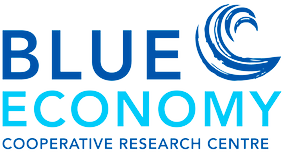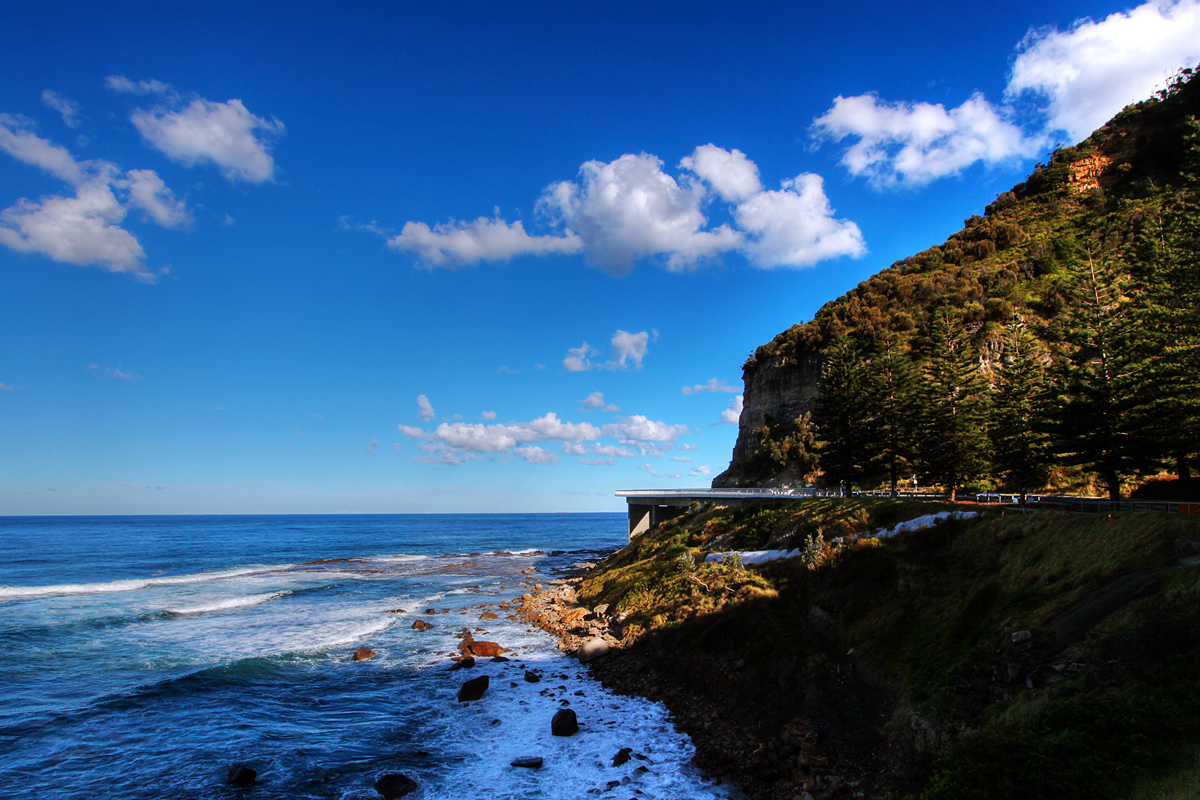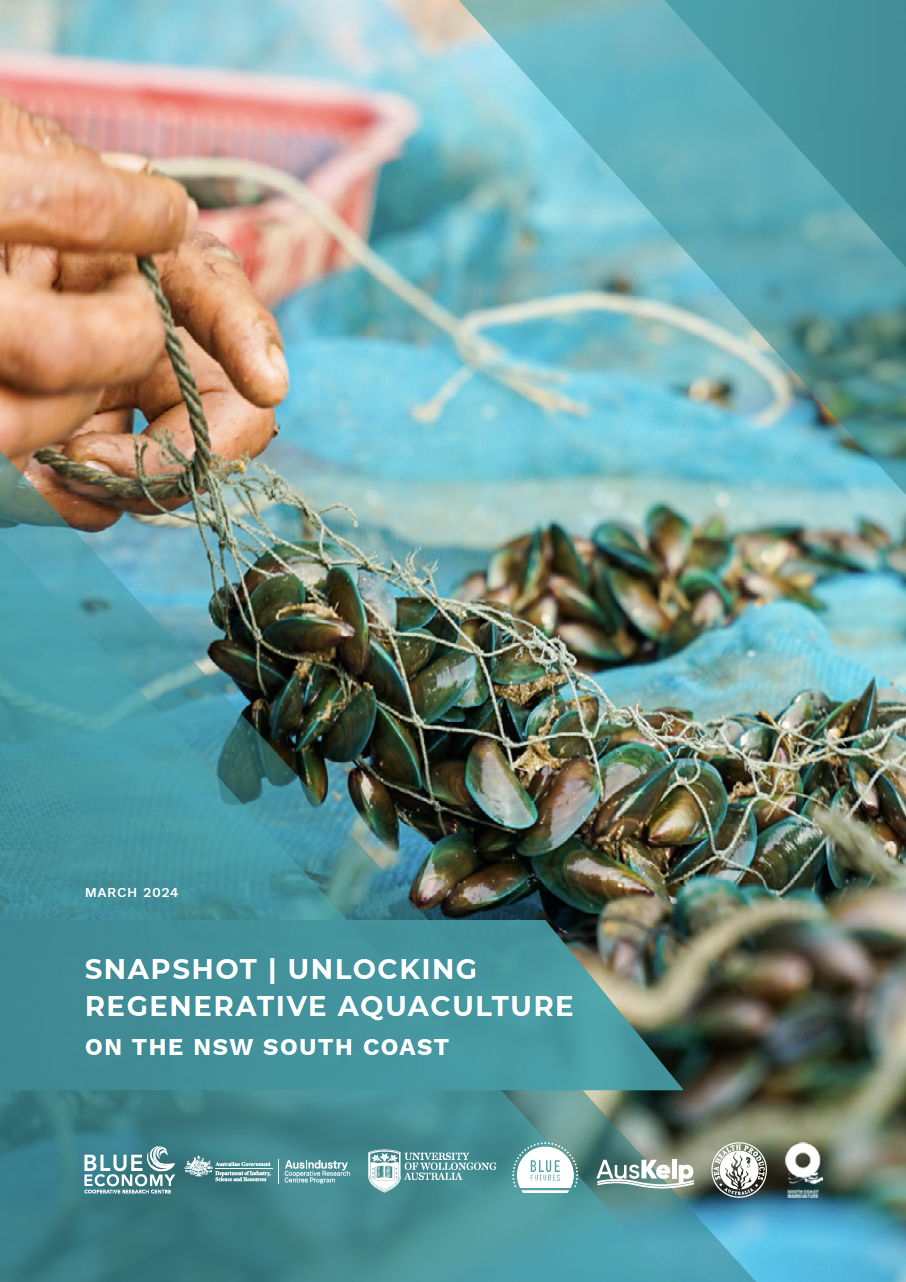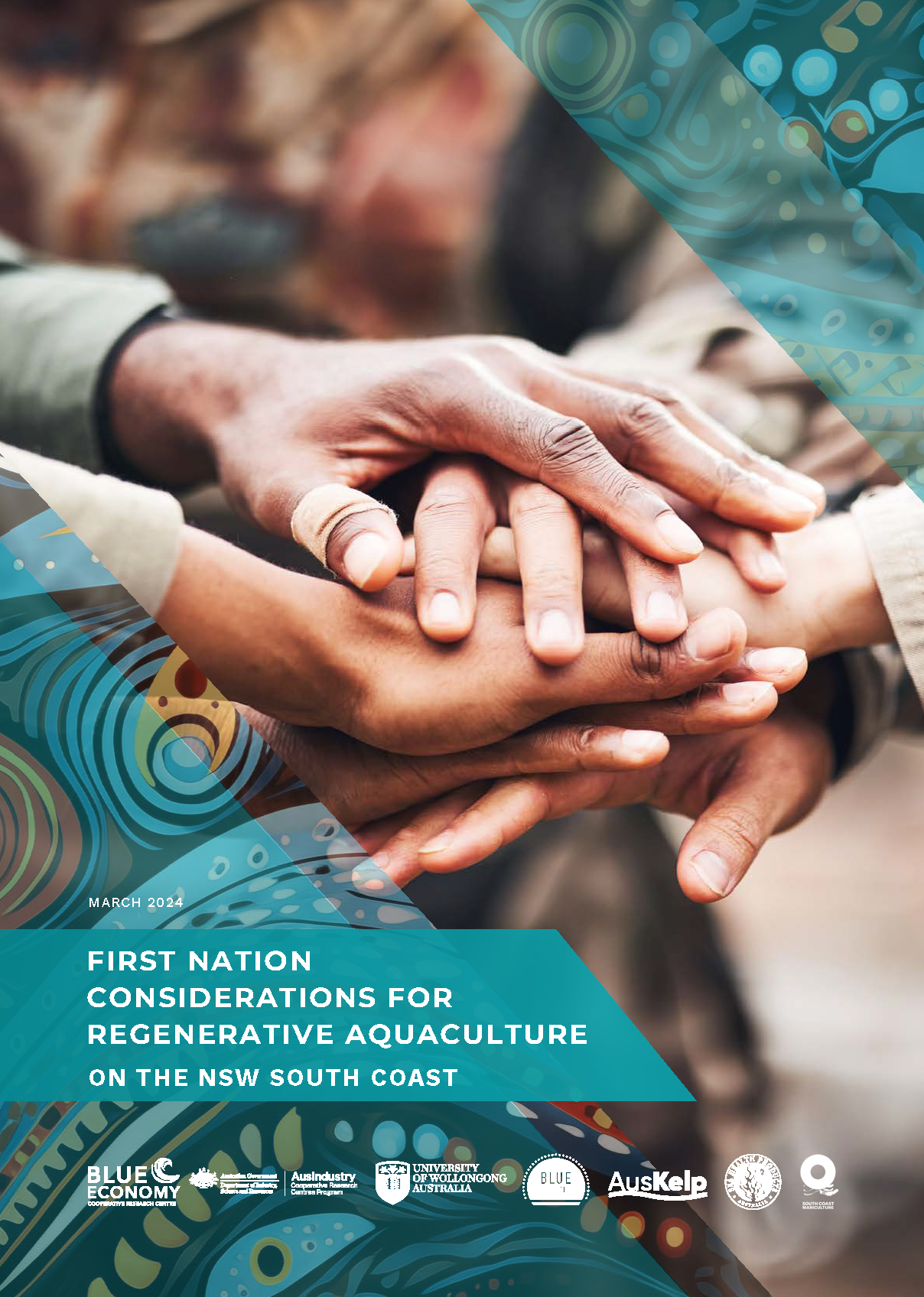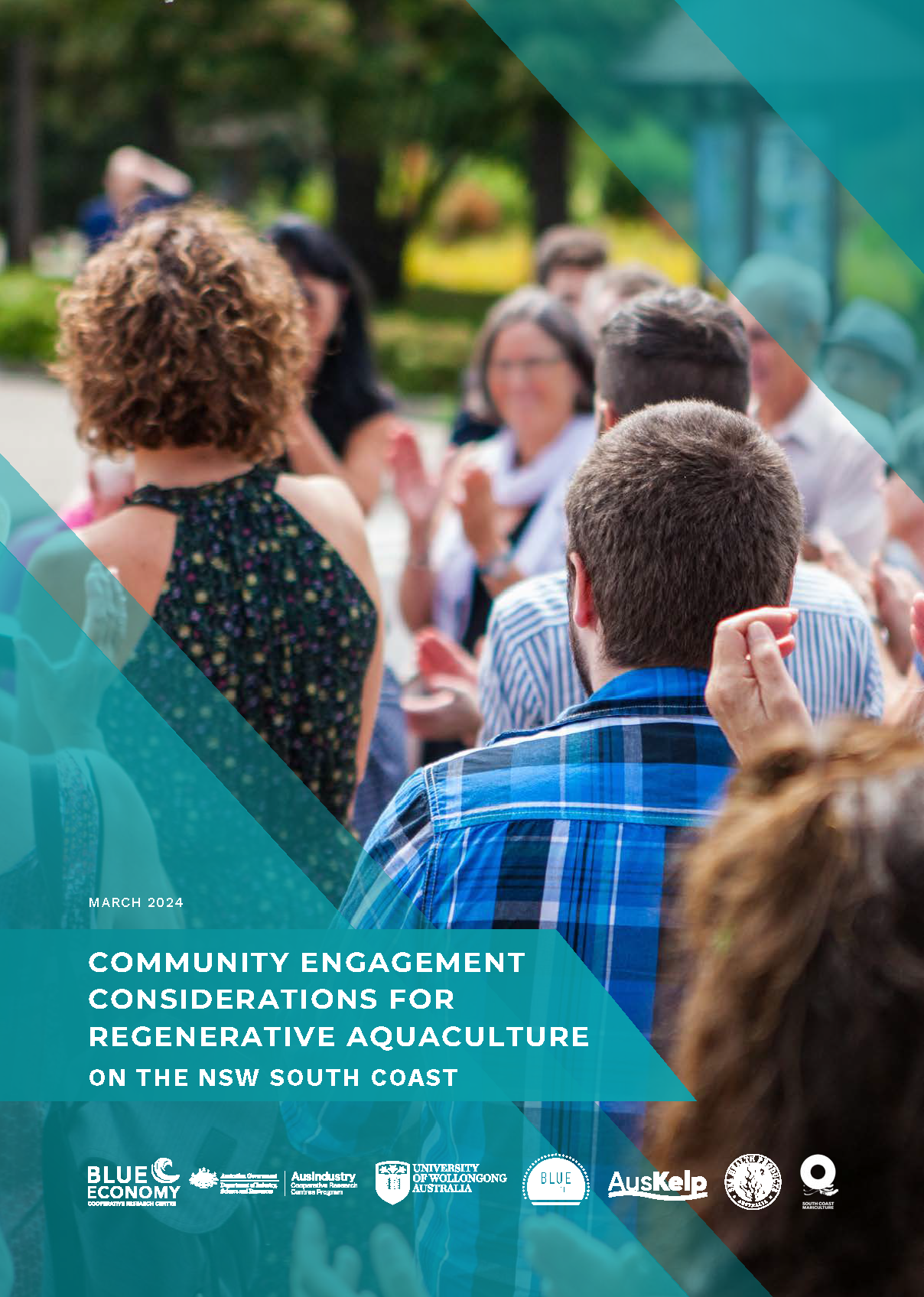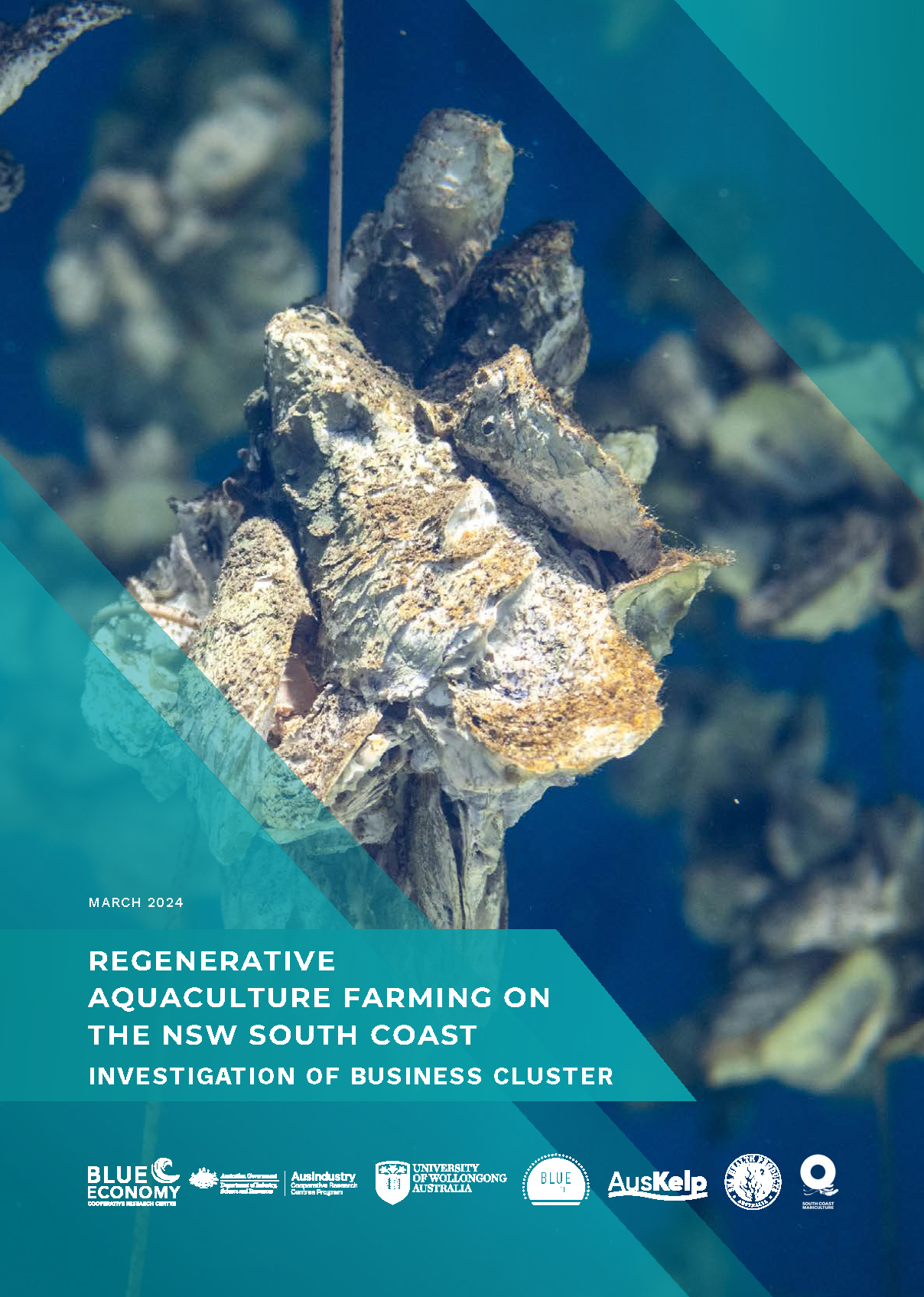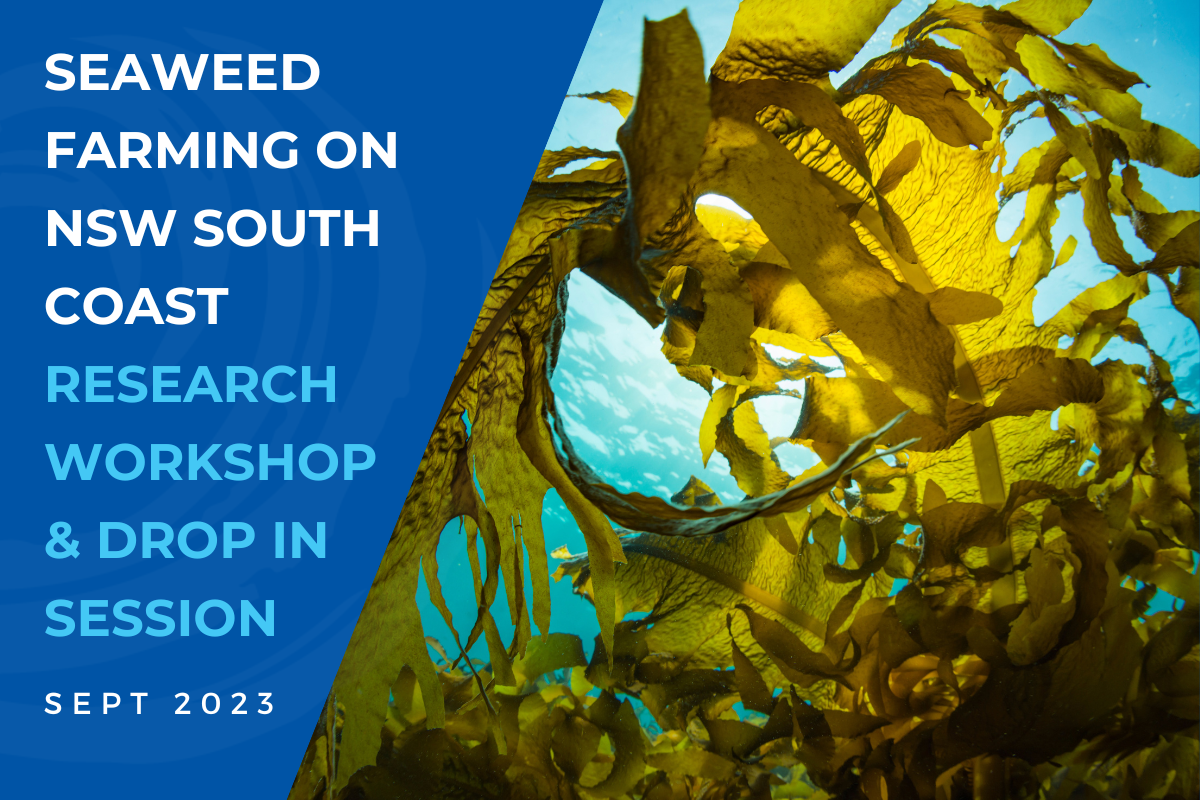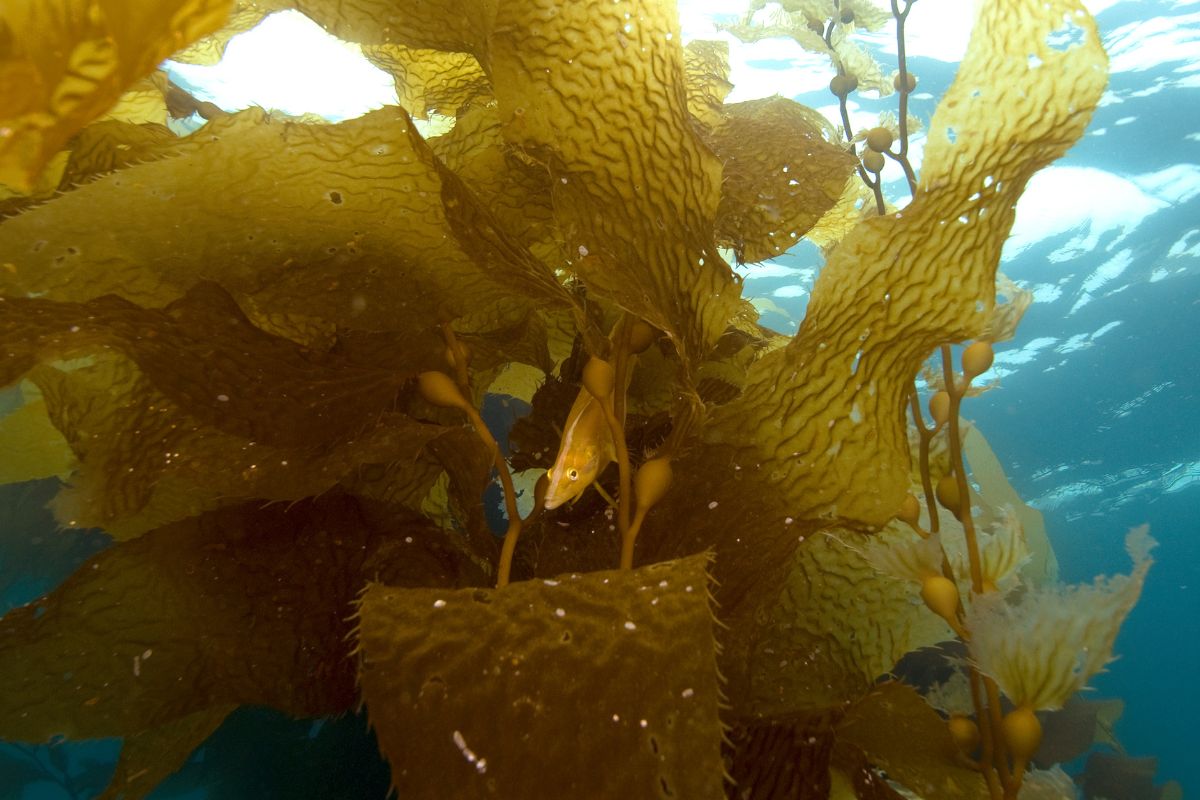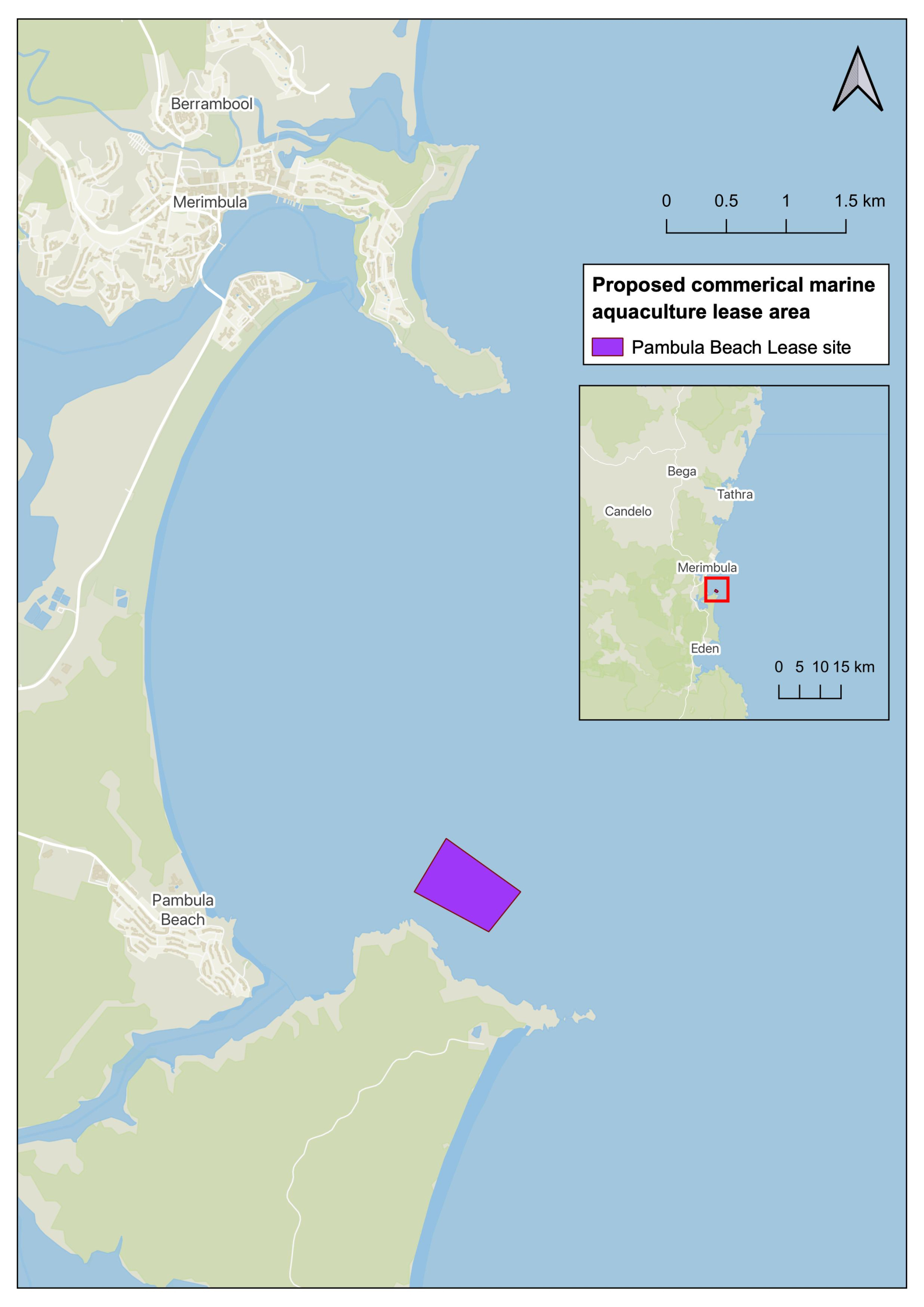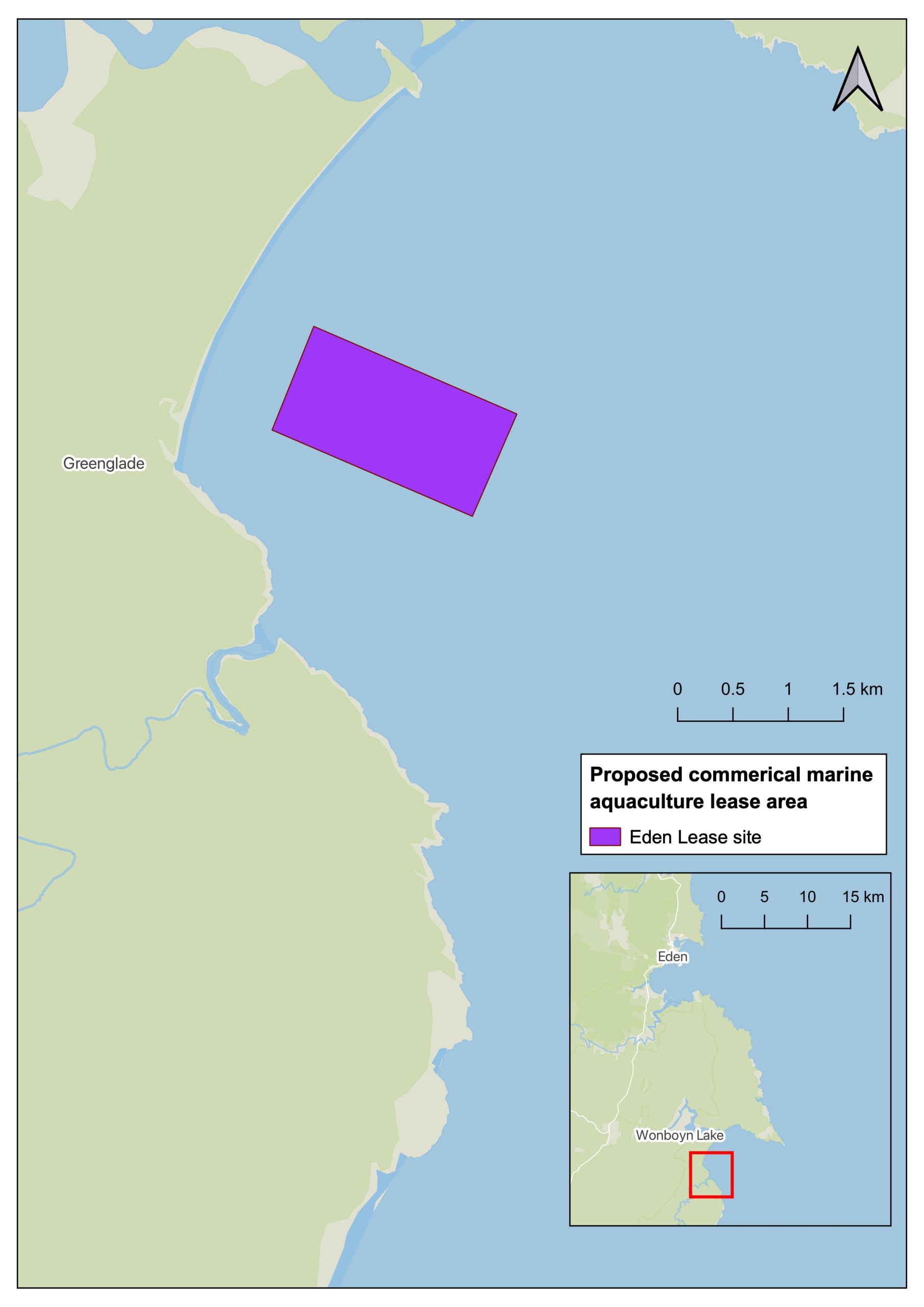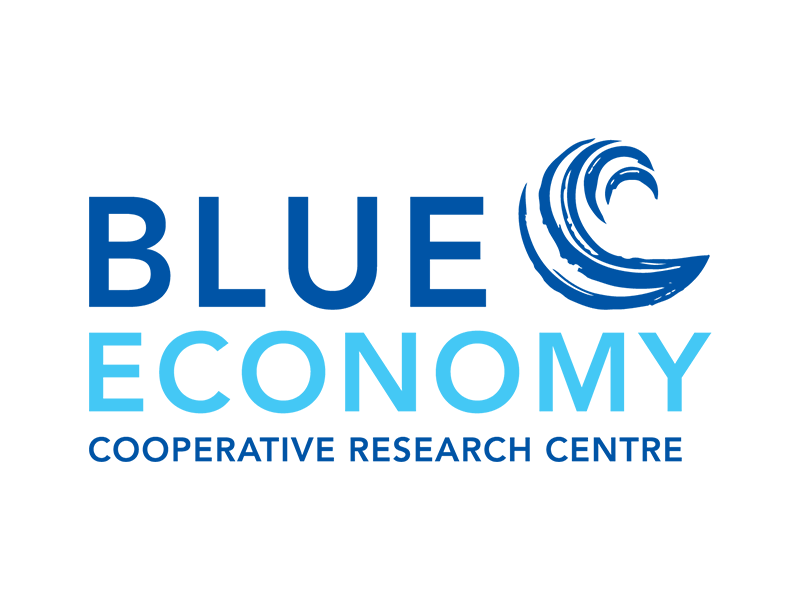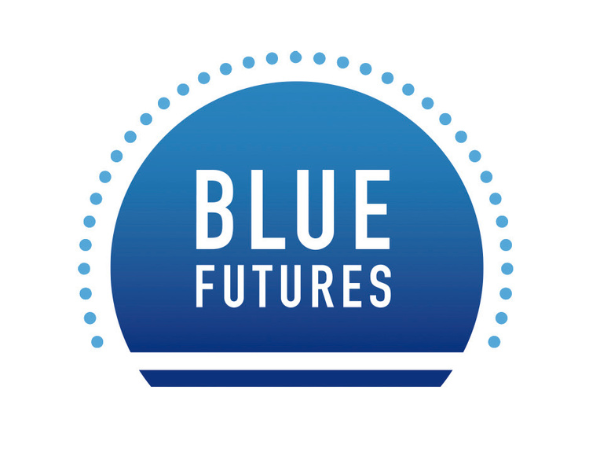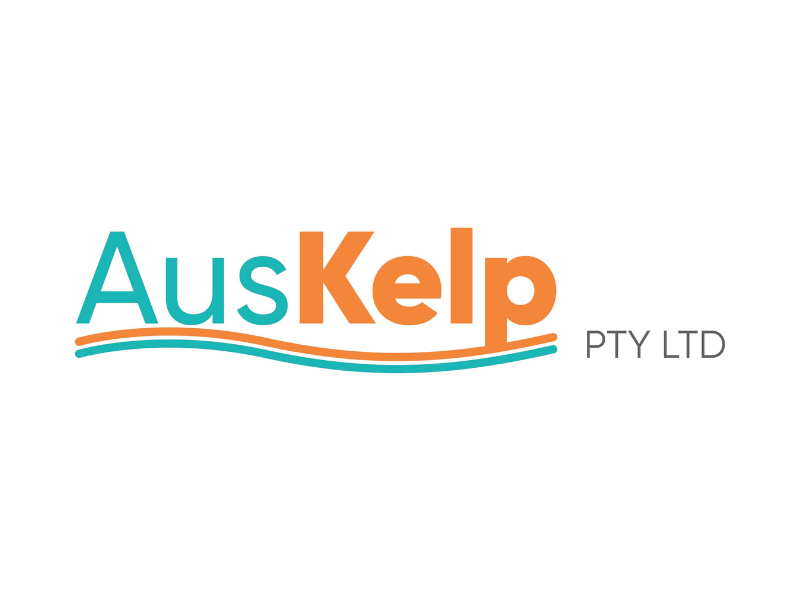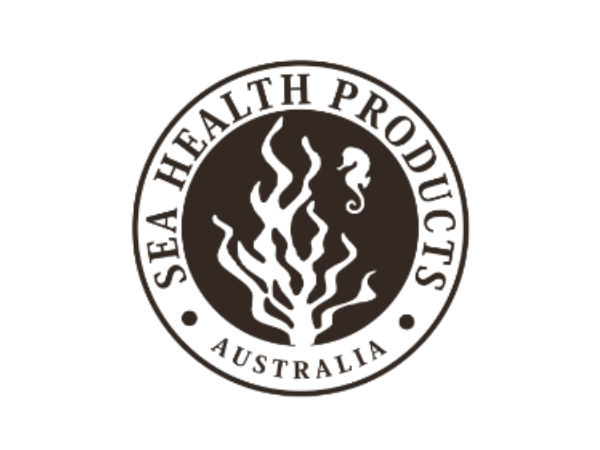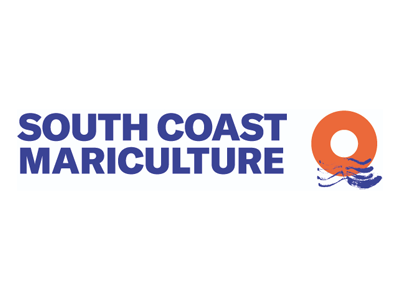PROJECT IN BRIEF
The Blue Economy CRC has partnered with the University of Wollongong to conduct baseline social, economic and cultural research to underpin the future development of kelp and mussel aquaculture on the south coast of New South Wales.
This project is examining the potential to further develop nature-based, feed-free aquaculture on the south coast of NSW, with a particular focus on kelp and shellfish farming.
We are working alongside existing aquaculture proponents, stakeholders and Indigenous rights holders, as well as members of the community to explore and unpack the opportunities for the development of kelp and mussel farming aquaculture in the local area. This will include an examination of potential social and economic benefits and impacts associated with the growth of this industry.
The project is a partnership between the Blue Economy CRC and the University of Wollongong (UOW) and will inform the development of environmental impact assessments for proposed kelp and aquaculture farms in the region.
FINAL PROJECT REPORTS
FREQUENTLY ASKED QUESTIONS
RELATED NEWS
October 2023 Progress Update
A research workshop and information session was held in Bermagui NSW in late July with community, Indigenous rights holders and other marine estate users to understand what matters to them when it comes to growing the blue economy, and what is needed to address community sentiment and grow community support for regenerative aquaculture opportunities in the local area.
“Our role in this collaboration is to conduct research which will explore how communities feel about these new activities, and identify how these businesses can work with local residents to share the benefits of the developments and address any areas of concern,” Project Lead Dr Michelle Voyer.
Introduction to aquaculture in NSW
Aquaculture is a critical industry for Australia’s Blue Economy, with significant opportunities for growth. The National Aquaculture Strategy aims to double the current value of Australia’s aquaculture industry, and the National Marine Science Plan 2015-2025 highlights the importance of aquaculture in driving the development of Australia’s Blue Economy.
Within New South Wales (NSW) there are 3200 aquaculture leases over a total current area of about 4300 hectares. These are administered by the NSW Department of Primary Industries and employ many different techniques, all of which take place on selected sites. Aquaculture has been estimated to contribute over $220m and nearly 1800 jobs to regional economies in NSW.
There are many different types of aquaculture. These are often classified into two categories.
- Fed or intensive (or semi-intensive) aquaculture are types of aquaculture where food be is added to the production or there are other interventions in the growing process, such as water aeration. Common types of intensive aquaculture include fish and prawn farming.
- Non-intensive, feed free aquaculture is often referred to as regenerative aquaculture. This type of aquaculture allows the stock to grow on its own, using natural food sources and conditions, and is common for farming shellfish (such as oysters) and seaweed. The term regenerative refers to the potential of this type of farming to provide environmental benefits. For example, filter feeders can assist in improving water quality and seaweed farms can provide habitat for other marine species. Regenerative aquaculture farms may also contribute to carbon storage.
[Source 1: DPI]
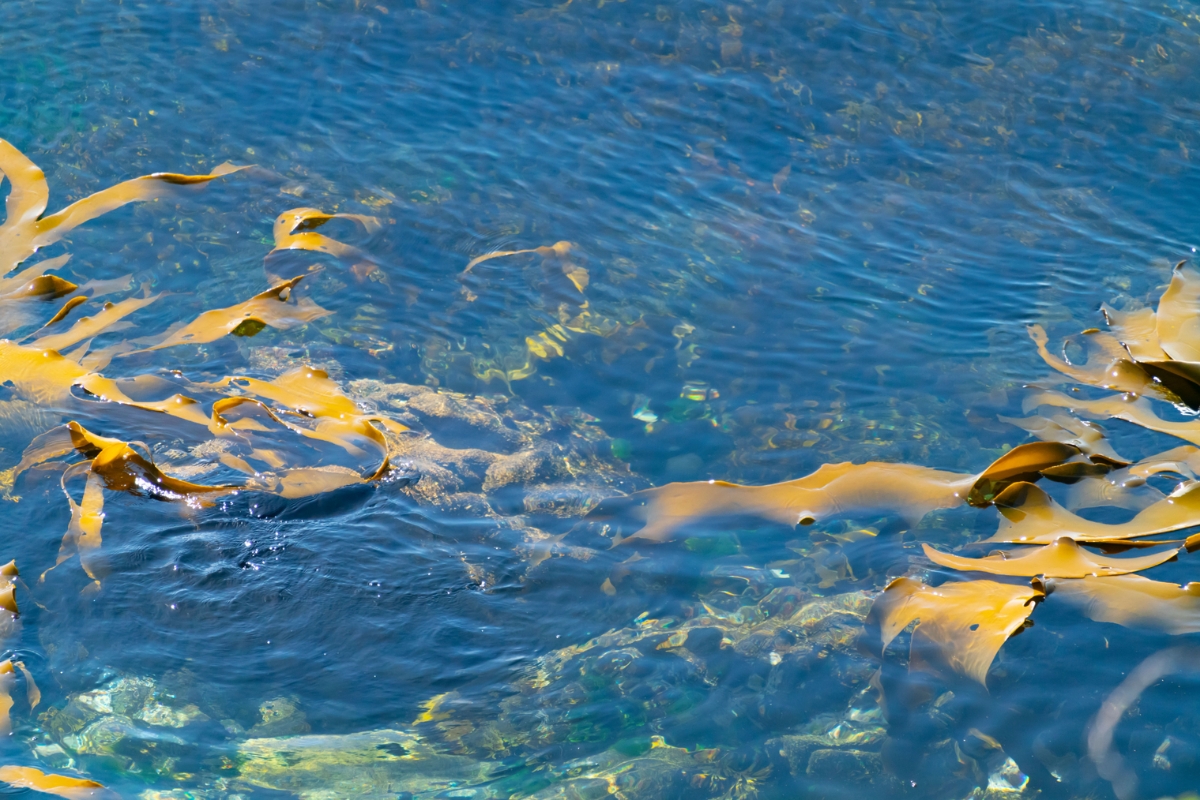
TYPES OF REGENERATIVE AQUACULTURE
Seaweed farming
Seaweed aquaculture in Australia is a promising industry with a wide range of potential uses such as food, fertilisers, agricultural feed, cosmetics, pharmaceuticals and bioplastics. Seaweed can be grown with minimal environmental impact and in fact can have many positive environmental benefits. Seaweed ocean farms require no addition of feed, freshwater or fertiliser and there is no waste from marine plants, making it one of the most sustainable forms of agriculture on the planet.
Seaweed farms consist of anchors, longlines and growlines, and look very similar to a mussel farm. Seaweed spores (collected from near the farm location) are grown in a hatchery on twine before being out-planted onto growlines. These lines are usually laid out approximately 1.5 km from the shore at sufficient depth to ensure the seaweed does not touch the bottom and to reduce the amount of biofouling. The substrate is often sandy as this is a good holding ground for moorings.
Mussel farming
In Australia, mussel farming is a relatively new venture undertaken in embayments of the southern states. A number of species are cultured around the world, the blue mussel (Mytilus galloprovincialis) is the only marine mussel species farmed in Australia. Although the blue mussel in Australia is similar to and shares the same scientific name with the one from southern Europe, it is native to Australia and has been found in ancient Aboriginal middens. [Source 5]
Wild caught and hatchery reared spat settle on special spat ropes and allowed to grow before being mechanically stripped from the ropes, graded and reseeded to culture rope. The time it takes for mussels to reach market size from spat varies between regions. Mussels grown on the NSW South Coast are renowned for their generous size and take a little over one year to grow. Mussels are filter-feeders and grow naturally on plankton circulated by the joining of warm water from the East Australian Current and nutrient rich cooler water from the Bass Strait. (http://southcoastmariculture.com.au/mariculture)
The infrastructure and methods associated with mussel farming are complementary to seaweed farming, therefore it is possible to co-locate these species within the one farm.

What future aquaculture is proposed for the NSW South Coast?
Currently the only form of aquaculture on the NSW South Coast is a healthy and vibrant oyster industry, as well as two existing mussel farms in Jervis Bay and Eden.
In NSW new aquaculture developments are assessed as State Significant Developments, meaning they need to undertake a range of rigorous environmental, social, cultural and technical assessments to gain approval. The nature and scope of these assessments is defined by a dedicated set of Secretary’s Environmental Assessment Requirements (SEARS) specific to each project.
At present SEARS have been issued for two businesses seeking to establish seaweed farms in three lease areas in Bermagui, Pambula and Eden (see map). An additional three leases have been identified as sites for future regenerative aquaculture businesses with plans for these sites still in under development.
Proponents
Sea Health Products
Sea Health Products is a family company based in Tilba which harvests seaweed that is washed up on local beaches. The seaweed is dried and processed into powder or granules that can be made into fresh organic products. While demand for kelp products is growing, supplies of kelp have declined. In response Sea Health have developed a proposal for two kelp farms in Bermagui (Haywards Beach) and Pambula (Merimbula Bay).
AusKelp
Auskelp Pty Ltd seeks to create an environmentally positive and sustainable seaweed aquaculture industry located within the Bega Valley Shire. AusKelp Pty Ltd is wholly Australian owned and operated. Using the latest technology, research and expert advisors, Auskelp plans to develop commercial kelp farms in the Bega Valley Shire that create a new and innovative industry, while protecting the pristine Sapphire Coast. Auskelp Pty Ltd is seeking approval for the development of a 200-hectare seaweed aquaculture marine farm on aquaculture lease area within Disaster Bay, off Wonboyn.
Why develop regenerative aquaculture on the NSW South Coast?
Seaweed is a low-impact, carbon negative crop and can be used for wide variety of purposes from nutrient rich food, bio-fuel, methane-reducing food source for cattle, bio-plastic, and cosmetic and medical products. It is estimated that in Southern NSW Seaweed could generate $50M annual gross value of production, 500 jobs and improve water quality and provide habitat for marine life.
Co-locating seaweed with mussels has the potential to further enhance food security and grow a thriving blue economy.
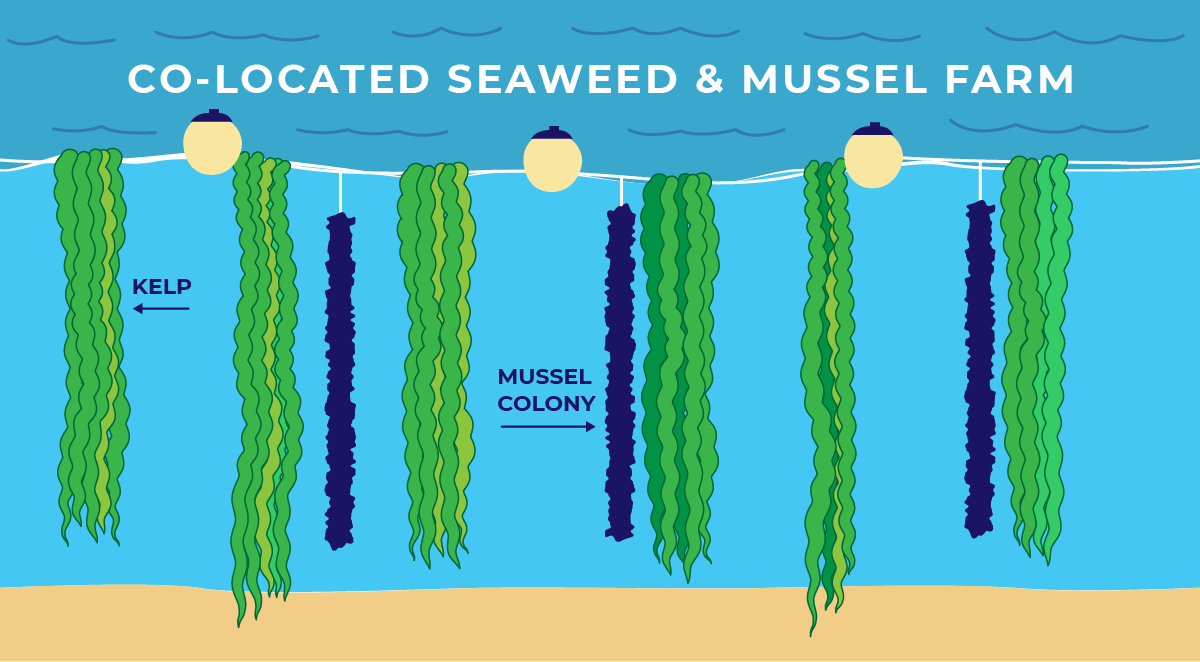
Complete the form below to join the mailing list for this specific project.
Sources
- https://www.agriculture.gov.au/agriculture-land/fisheries/aquaculture
- https://www.frdc.com.au/seaweed-aquaculture-australia
- https://www.australianseaweedinstitute.com.au/why-seaweed
- https://www.dpi.nsw.gov.au/fishing/aquaculture/about-aquaculture
- https://www.dpi.nsw.gov.au/fishing/aquaculture/publications/species-saltwater/blue-mussel-aquaculture-prospects
- https://www.dpi.nsw.gov.au/content/research/areas/aquaculture/outputs/2001/output-168
- https://www.dpi.nsw.gov.au/fishing/aquaculture/publications/oysters/oyster-industry-in-nsw
- https://www.dpi.nsw.gov.au/fishing/fisheries-research/aquaculture-research/molluscan-aquaculture
- https://www.dpi.nsw.gov.au/fishing/aquaculture/publications/oysters/industry-strategy
- https://www.planningportal.nsw.gov.au/major-projects/projects/seaweed-aquaculture-lease-disaster-bay-eden-1-0
- https://www.planningportal.nsw.gov.au/major-projects/projects/seaweed-farming-aquaculture-bermagui-and-pambulansw

This project was successful at securing funds from the NSW Government.
The Blue Economy CRC has partnered with the University of Wollongong to conduct baseline social, economic and cultural research to underpin the future development of kelp and mussel aquaculture on the south coast of New South Wales.
This project is examining the potential to further develop nature-based, feed-free aquaculture on the south coast of NSW, with a particular focus on kelp and shellfish farming.
We are working alongside existing aquaculture proponents, stakeholders and Indigenous rights holders, as well as members of the community to explore and unpack the opportunities for the development of kelp and mussel farming aquaculture in the local area. This will include an examination of potential social and economic benefits and impacts associated with the growth of this industry.
The project is a partnership between the Blue Economy CRC and the University of Wollongong (UOW) and will inform the development of environmental impact assessments for proposed kelp and aquaculture farms in the region.
FINAL PROJECT REPORTS
FREQUENTLY ASKED QUESTIONS
RELATED NEWS
October 2023 Progress Update
A research workshop and information session was held in Bermagui NSW in late July with community, Indigenous rights holders and other marine estate users to understand what matters to them when it comes to growing the blue economy, and what is needed to address community sentiment and grow community support for regenerative aquaculture opportunities in the local area.
“Our role in this collaboration is to conduct research which will explore how communities feel about these new activities, and identify how these businesses can work with local residents to share the benefits of the developments and address any areas of concern,” Project Lead Dr Michelle Voyer.
Introduction to aquaculture in NSW
Aquaculture is a critical industry for Australia’s Blue Economy, with significant opportunities for growth. The National Aquaculture Strategy aims to double the current value of Australia’s aquaculture industry, and the National Marine Science Plan 2015-2025 highlights the importance of aquaculture in driving the development of Australia’s Blue Economy.
Within New South Wales (NSW) there are 3200 aquaculture leases over a total current area of about 4300 hectares. These are administered by the NSW Department of Primary Industries and employ many different techniques, all of which take place on selected sites. Aquaculture has been estimated to contribute over $220m and nearly 1800 jobs to regional economies in NSW.
There are many different types of aquaculture. These are often classified into two categories.
- Fed or intensive (or semi-intensive) aquaculture are types of aquaculture where food be is added to the production or there are other interventions in the growing process, such as water aeration. Common types of intensive aquaculture include fish and prawn farming.
- Non-intensive, feed free aquaculture is often referred to as regenerative aquaculture. This type of aquaculture allows the stock to grow on its own, using natural food sources and conditions, and is common for farming shellfish (such as oysters) and seaweed. The term regenerative refers to the potential of this type of farming to provide environmental benefits. For example, filter feeders can assist in improving water quality and seaweed farms can provide habitat for other marine species. Regenerative aquaculture farms may also contribute to carbon storage.
[Source 1: DPI]

TYPES OF REGENERATIVE AQUACULTURE
Seaweed farming
Seaweed aquaculture in Australia is a promising industry with a wide range of potential uses such as food, fertilisers, agricultural feed, cosmetics, pharmaceuticals and bioplastics. Seaweed can be grown with minimal environmental impact and in fact can have many positive environmental benefits. Seaweed ocean farms require no addition of feed, freshwater or fertiliser and there is no waste from marine plants, making it one of the most sustainable forms of agriculture on the planet.
Seaweed farms consist of anchors, longlines and growlines, and look very similar to a mussel farm. Seaweed spores (collected from near the farm location) are grown in a hatchery on twine before being out-planted onto growlines. These lines are usually laid out approximately 1.5 km from the shore at sufficient depth to ensure the seaweed does not touch the bottom and to reduce the amount of biofouling. The substrate is often sandy as this is a good holding ground for moorings.
Mussel farming
In Australia, mussel farming is a relatively new venture undertaken in embayments of the southern states. A number of species are cultured around the world, the blue mussel (Mytilus galloprovincialis) is the only marine mussel species farmed in Australia. Although the blue mussel in Australia is similar to and shares the same scientific name with the one from southern Europe, it is native to Australia and has been found in ancient Aboriginal middens. [Source 5]
Wild caught and hatchery reared spat settle on special spat ropes and allowed to grow before being mechanically stripped from the ropes, graded and reseeded to culture rope. The time it takes for mussels to reach market size from spat varies between regions. Mussels grown on the NSW South Coast are renowned for their generous size and take a little over one year to grow. Mussels are filter-feeders and grow naturally on plankton circulated by the joining of warm water from the East Australian Current and nutrient rich cooler water from the Bass Strait. (http://southcoastmariculture.com.au/mariculture)
The infrastructure and methods associated with mussel farming are complementary to seaweed farming, therefore it is possible to co-locate these species within the one farm.

What future aquaculture is proposed for the NSW South Coast?
Currently the only form of aquaculture on the NSW South Coast is a healthy and vibrant oyster industry, as well as two existing mussel farms in Jervis Bay and Eden.
In NSW new aquaculture developments are assessed as State Significant Developments, meaning they need to undertake a range of rigorous environmental, social, cultural and technical assessments to gain approval. The nature and scope of these assessments is defined by a dedicated set of Secretary’s Environmental Assessment Requirements (SEARS) specific to each project.
At present SEARS have been issued for two businesses seeking to establish seaweed farms in three lease areas in Bermagui, Pambula and Eden (see map). An additional three leases have been identified as sites for future regenerative aquaculture businesses with plans for these sites still in under development.
Proponents
Sea Health Products
Sea Health Products is a family company based in Tilba which harvests seaweed that is washed up on local beaches. The seaweed is dried and processed into powder or granules that can be made into fresh organic products. While demand for kelp products is growing, supplies of kelp have declined. In response Sea Health have developed a proposal for two kelp farms in Bermagui (Haywards Beach) and Pambula (Merimbula Bay).
AusKelp
Auskelp Pty Ltd seeks to create an environmentally positive and sustainable seaweed aquaculture industry located within the Bega Valley Shire. AusKelp Pty Ltd is wholly Australian owned and operated. Using the latest technology, research and expert advisors, Auskelp plans to develop commercial kelp farms in the Bega Valley Shire that create a new and innovative industry, while protecting the pristine Sapphire Coast. Auskelp Pty Ltd is seeking approval for the development of a 200-hectare seaweed aquaculture marine farm on aquaculture lease area within Disaster Bay, off Wonboyn.
Why develop regenerative aquaculture on the NSW South Coast?
Seaweed is a low-impact, carbon negative crop and can be used for wide variety of purposes from nutrient rich food, bio-fuel, methane-reducing food source for cattle, bio-plastic, and cosmetic and medical products. It is estimated that in Southern NSW Seaweed could generate $50M annual gross value of production, 500 jobs and improve water quality and provide habitat for marine life.
Co-locating seaweed with mussels has the potential to further enhance food security and grow a thriving blue economy.

Complete the form below to join the mailing list for this specific project.
Sources
- https://www.agriculture.gov.au/agriculture-land/fisheries/aquaculture
- https://www.frdc.com.au/seaweed-aquaculture-australia
- https://www.australianseaweedinstitute.com.au/why-seaweed
- https://www.dpi.nsw.gov.au/fishing/aquaculture/about-aquaculture
- https://www.dpi.nsw.gov.au/fishing/aquaculture/publications/species-saltwater/blue-mussel-aquaculture-prospects
- https://www.dpi.nsw.gov.au/content/research/areas/aquaculture/outputs/2001/output-168
- https://www.dpi.nsw.gov.au/fishing/aquaculture/publications/oysters/oyster-industry-in-nsw
- https://www.dpi.nsw.gov.au/fishing/fisheries-research/aquaculture-research/molluscan-aquaculture
- https://www.dpi.nsw.gov.au/fishing/aquaculture/publications/oysters/industry-strategy
- https://www.planningportal.nsw.gov.au/major-projects/projects/seaweed-aquaculture-lease-disaster-bay-eden-1-0
- https://www.planningportal.nsw.gov.au/major-projects/projects/seaweed-farming-aquaculture-bermagui-and-pambulansw

This project was successful at securing funds from the NSW Government.
